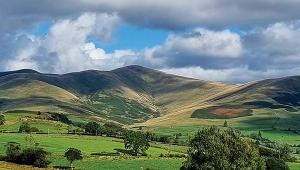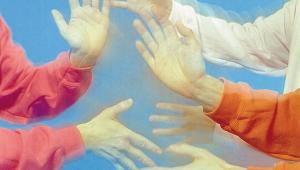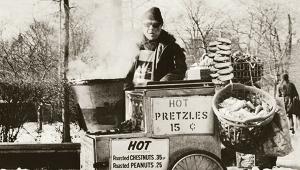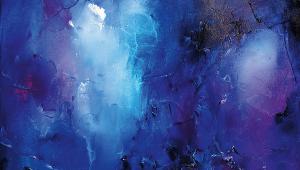Jean-Michel Jarre
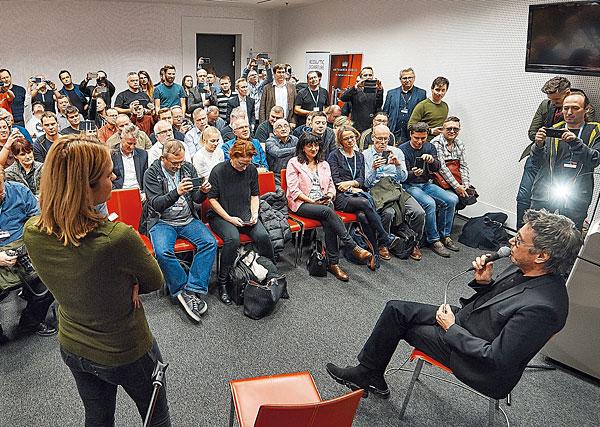
Jean-Michel Jarre likes what he hears. And it's not only the sound of his new album, which he is playing to an eager audience packed into the Audiofast room at the Audio Video show in Warsaw, but the very audio system on which it is being played.
'My new album is a good test for loudspeakers,' he says smiling, 'because I know that it has lots of different frequencies. This means that it's hard to hear the whole effect on some hi-fi systems, but this one is highly capable.'

He motions to the system itself: a pair of Wilson Audio Alexx loudspeakers, Dan D'Agostino Progression preamp and Relentless monoblocks, with a dCS digital front-end comprising a Vivaldi DAC, Upsampler, Clock and CD/SACD Transport. 'It's a system I really enjoy listening to,' he says, 'and that's rare.'
A pioneer of popular synthesised music, Jarre sprung into public consciousness in late 1976 with the release of his third studio album, Oxygene. 'It was turned down by all the record companies,' he would later confess. 'It was made in the middle of the disco and punk eras and the record labels said, "What is it? No singer, no proper song titles? And, on top of that, it's French!". Even my mum asked, "Why are you giving your music the name of a gas?".'
Strange Creatures
Recorded in a makeshift recording studio in his home, Oxygene would go on to sell some 12 million copies worldwide. It was followed in 1978 by Equinoxe, released on the Disques Dreyfus label and licensed to Polydor. Again no slouch when it came to sales, peaking at No 11 in the UK album charts, the LP has now provided the springboard for Jarre's latest venture – Equinoxe Infinity – his 20th studio album to date.
'I was always intrigued by the cover of the Equinoxe LP,' he explains, 'with its strange creatures – I call them the "watchers" – staring out at us from the sleeve. In fact I think it's one of the most striking and intriguing covers in the history of vinyl. So I decided that 40 years later it would be a good idea to pay tribute to those "watchers" and ask what has happened to them now that four decades have passed, and what will happen to them in the future. It's not a sequel, but a new project, and for me symbolises the evolution of technology since I first began making music.'
The sleeve artwork for both Oxygene and Equinoxe was by the celebrated French visual artist Michel Granger and selected by Jarre because it reflected his music. This time around, Jarre says, he wanted the cover artwork to inspire the sounds he was to make.

'I decided that I would ask a young artist from Prague called Filip Hodas, whom I met on Instagram, to do two covers for the new album, one in green and blue to symbolise a peaceful, harmonious future, the other reflecting a world that was more apocalyptic and dystopian. The album is the soundtrack to both these futures, with some parts sounding more uplifting and poppy and others more dark.'
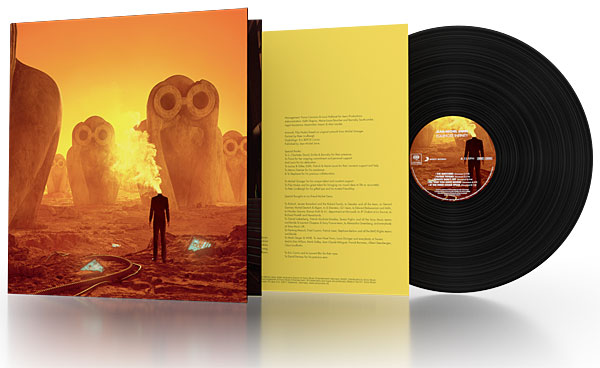
As such, on its release on November the 16th – 40 years to the day that Equinoxe hit the shelves – the new album will be available in one of these two sleeves. Only they are to be shipped out at random, so buyers are unable to choose which one. A comment that our future lies in the hands of fate rather than our power to change it?
Pick 'N' Mix
When it came to the recording of Equinoxe Infinity, Jarre says the project was special in that he used a mixture of analogue and digital instruments. 'I think it was 50/50. When I started recording I thought it would be cool just to use the analogue instruments that I had employed for the first Equinoxe album. But then I reconsidered and thought no, because if I was once again the young guy I was when I began that LP 40 years ago, I would use the instruments available today.

'So I mixed some of the old analogue equipment I have in my studio with some up-to-date software and I even used instruments during the recording process that didn't even exist when I started it. One example is a small instrument called the GR-1 Granular Synthesiser made by a company called Tasty Chips Electronics, which I discovered on Kickstarter. I was really lucky to be sent the prototype and have included this on the album.
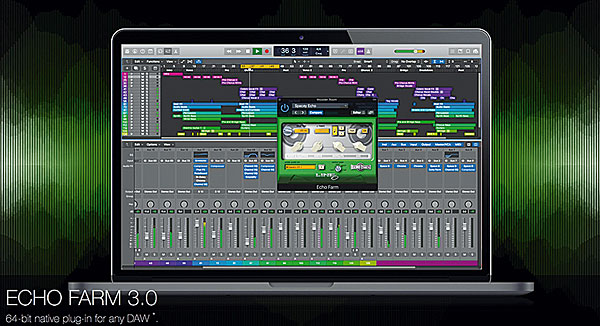
'I also use a lot of native instruments as well as software plug-ins and also own some quite obscure instruments, such as a Hollow Sun sampler that I inherited from a brilliant guy who used to work a lot with Peter Gabriel. Otherwise I'm using the Ableton Live digital audio workstation along with many of that company's other products. For those who want me to get really geeky about the process, I'm also using a plug-in for delay called Echo Farm from Line 6, which until very recently was available only for the Pro Tools digital audio workstation. But now you can use it in older units, so I take advantage of that. I use many others too.'
Hi-Def Sound
Jarre points out that this mix of analogue and digital is reflected in the make-up of the hi-fi system used to play his new album. 'I have a laptop as my source and am running it through all this gear, which is made up of analogue and digital components. It's quite a sign of the times we are in when it comes to audio replay. I started in the analogue world and, if I'm honest, going through the dark age of digital was quite painful.




























